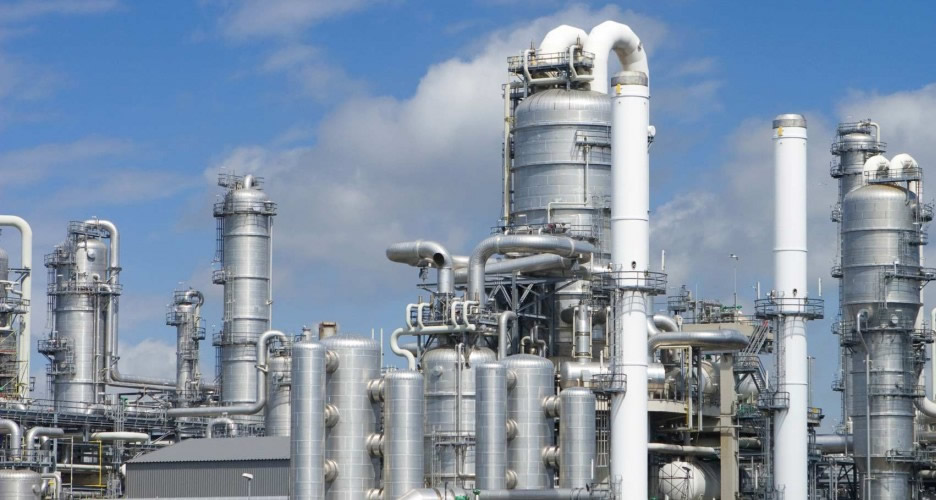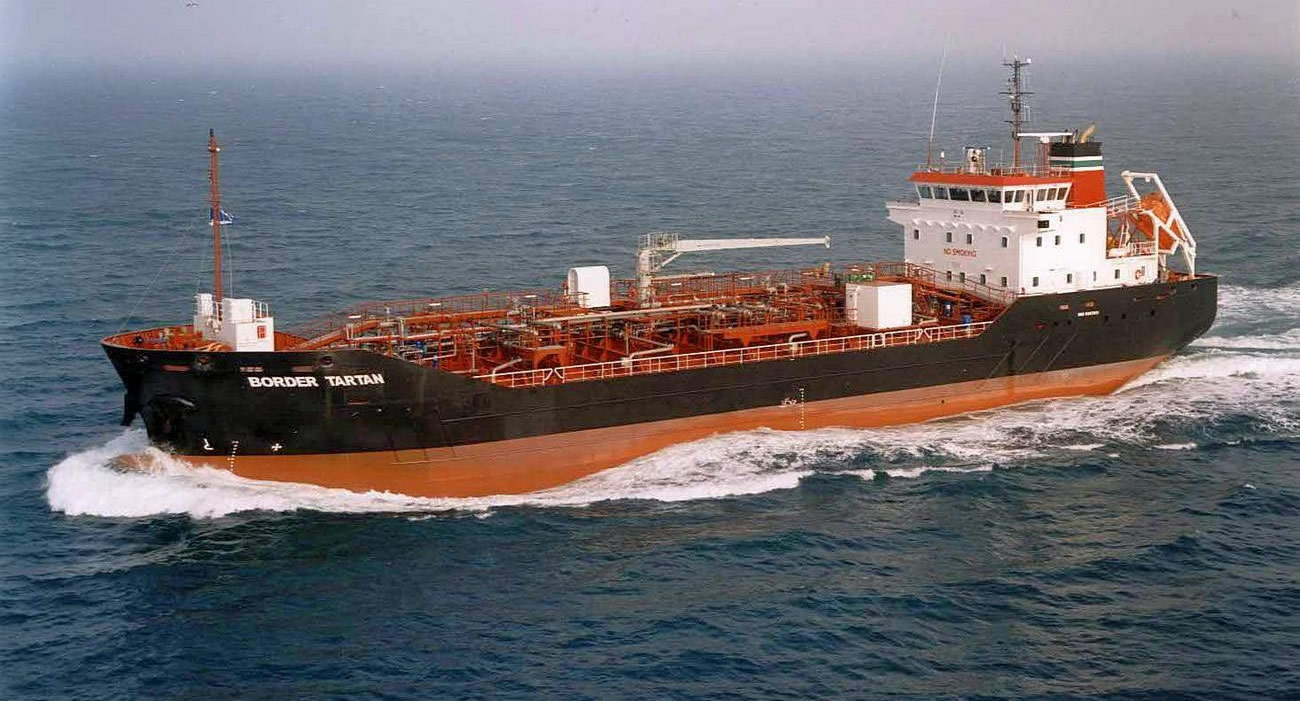If you ever find yourself having to mitigate a plugged reactor scenario with the unit online, this oil refinery blog is here to provide tips on helping you out. Hydroprocessing units are critical today, and having a fouled reactor can significantly reduce refinery production.
While there are numerous reasons why a reactor may have higher than normal pressure drop, this article provides you with a guide on how to manage your unit operations to buy extra runlength time. You can likely increase runlength anywhere between several weeks to many months using the reactor pressure drop mitigation steps below, in which this extra time can help your refinery Save Millions of Dollars!
Here are 5 Proven Techniques that can alleviate reactor pressure drop issues and do not require a full unit shutdown:
Chemical Injections:
Use of chemical injection is typically the first step that many refiners take when managing reactor pressure drop issues since it normally can be performed on the run without affecting unit production. There are two primary drivers for using a chemical injection:
Stop reactor pressure drop from increasing Alleviate existing pressure drop constraints Depending on the root cause of the reactor fouling, you can use a dispersant or coagulant to manage existing organic or inorganic fouling – chemical injections can also be used to minimize impacts of oxygen ingression. Many process service companies (such as Baker Hughes and Nalco) provide a suite of chemical agents tailored for your needs. Just be cautious that many times an injection quill may be needed near your reactor inlet in order for chemical injection to properly work.



